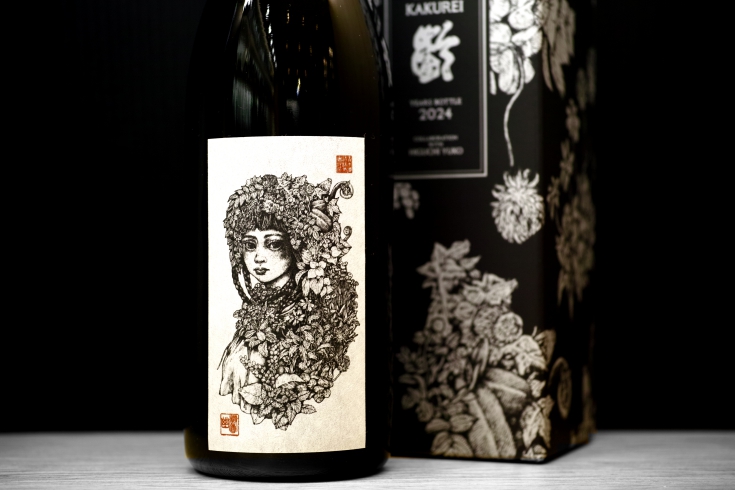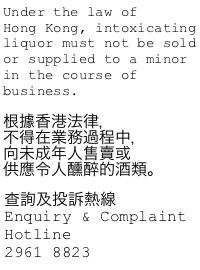 |
 |
 |
 |
[Kakurei Years Bottle 2024 Junmai-daiginjou Omachi 40]
A sensational sake has arrived from Aoki Shuzou. Selected from the finest sake matured in a snow chamber, it is released under the name “Years Bottle.” Each year, a renowned Japanese artist is commissioned to create the label, and for the fifth edition, the 2024 Years Bottle label was designed by Higuchi Yuko.
Typically, this series features Omachi Junmai-daiginjo. The rice polishing ratio was 48% for the first three editions, but it was refined to 40% starting with the fourth edition. Undoubtedly, every year’s release is excellent, but the fifth edition, the 2024 Years Bottle, is truly exceptional. It is the first time we have encountered a sake that expresses Omachi in this direction and at this level.

[Years Bottle]
Aoki Shuzou's "Years Bottle" is the project for the coming 100 years, to aim to create a new value of Japanese culture by integration of Sake and Japanese modern art. Released once a year, and label will be drawn by Japanese artists.
2023 edition was designed by "Terazaki Yuriko". Omachi 100%, rice polishing rate 40% : Junmai-daiginjou. Aged in snow cellar.
2022 edition was designed by "Otake Ayana". Omachi 100%, rice polishing rate 48% : Junmai-daiginjou. Aged in snow cellar.
2020/21 edition was designed by "Sato Kashiwa". Omachi 100%, rice polishing rate 48% : Junmai-daiginjou. Aged in snow cellar.
2019 edition was designed by "Kumota Haruko". Omachi 100%, rice polishing rate 55% : Junmai-ginjou. Aged in snow cellar.
[Omachi]
Omachi is one of the oldest sake rice varieties and is also the root of many sake rice varieties. Omachi is the ancestor of renowned varieties like Yamada-Nishiki, Aiyama, and Gohyakumangoku. Notably, Omachi is the only variety that has not undergone any breeding improvements since its discovery in 1859. It is mainly grown in Okayama Prefecture, which accounts for about 90% of the total production. The rice plant grows over 160cm tall, making it prone to lodging and disease, which poses challenges for cultivation. Despite these challenges, Omachi boasts large grains with a substantial shinpaku (white opaque center), and its soft texture allows it to dissolve easily. It is rich in amino acids, resulting in a full-bodied, umami-rich sake with a mellow taste. In Japan, there are even passionate fans of sake made from Omachi rice, known as ‘Omachists’.
|
|
 |
 |
 |
 |

|
























